Your Cart is Empty
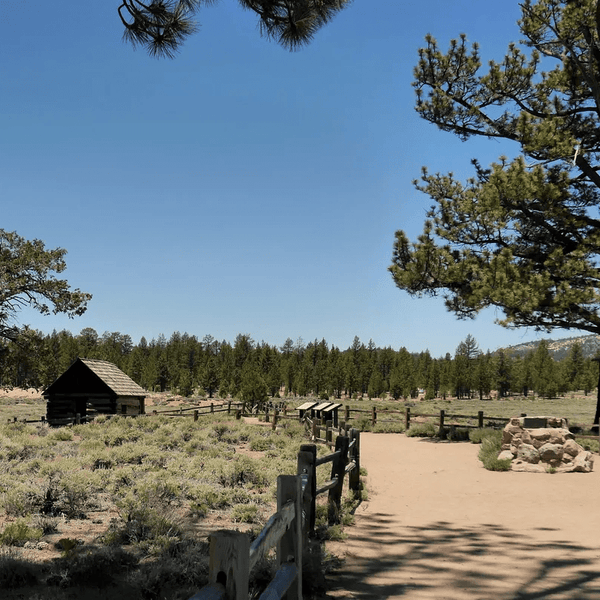
Shop By Vehicle:
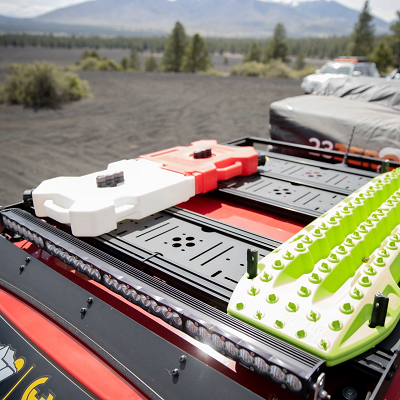
Roof Racks
Bed Racks
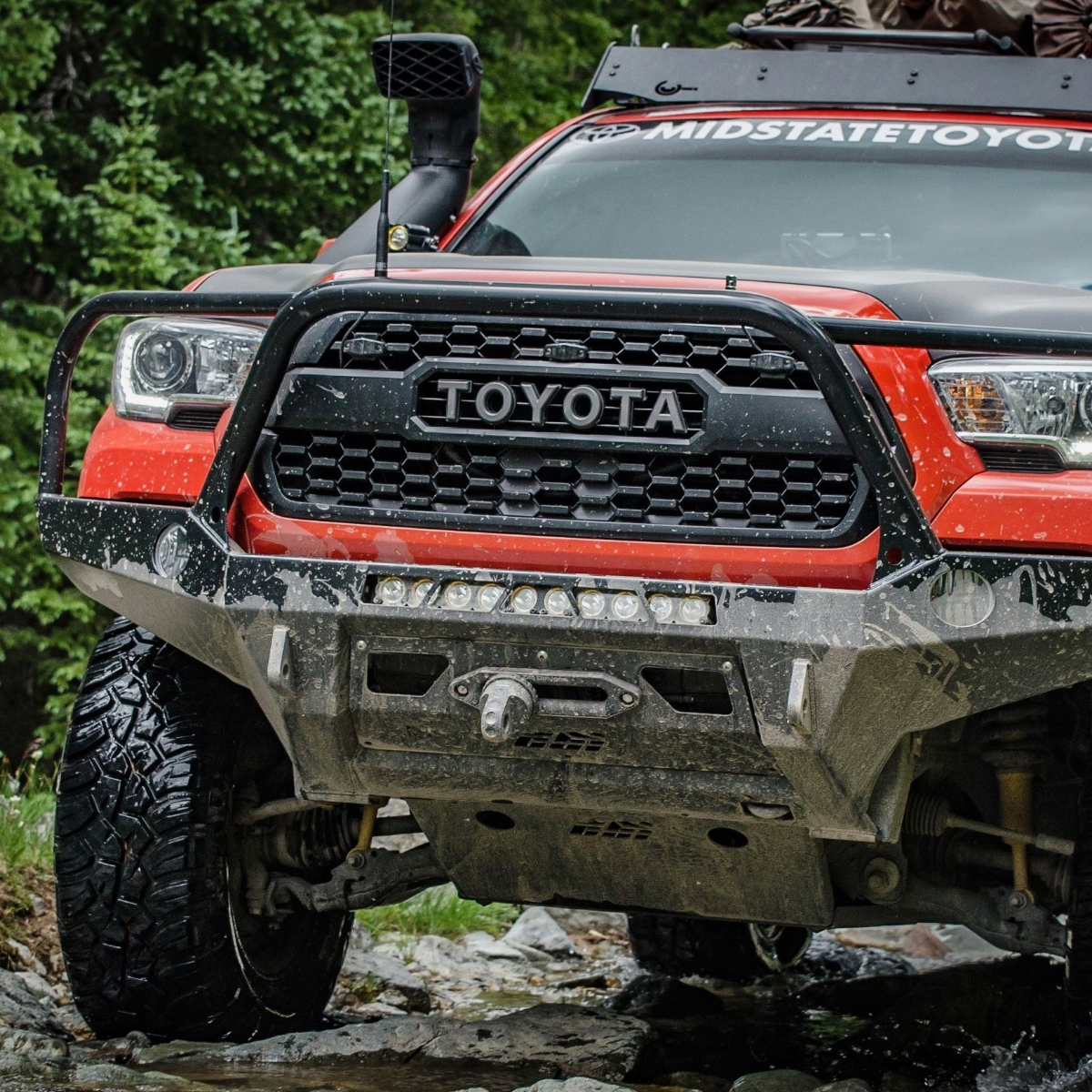
Front Bumpers
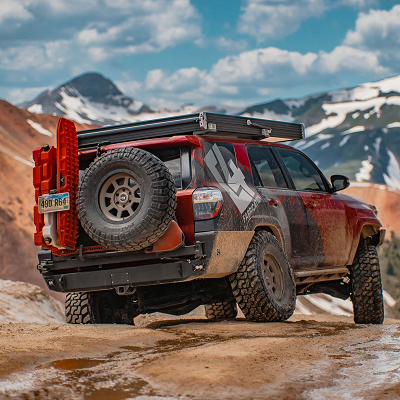
Rear Bumpers
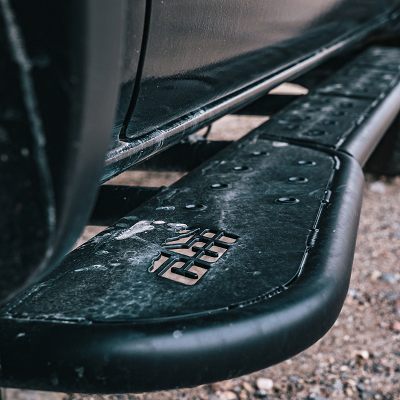
Rock Sliders
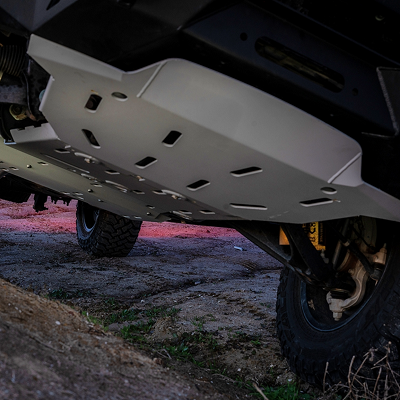
Skid Plates
May 11, 2025 8 min read
After cracking my stock plastic engine cover and my oil pan on a hidden rock during one of my Moab trips, I learned the hard way why proper skid plates are essential for any Toyota 4Runner that ventures off pavement. That $2,000 repair could have been prevented with a $300 skid plate.
Your Toyota 4Runner might look tough, but underneath that rugged exterior are vulnerable mechanical components that can be damaged by a single unfortunate hit. Since then, we've tested multiple skid plates on Toyota 4Runners, and I'm sharing what I've learned about protecting your investment while maintaining performance.

The stock Toyota 4Runner comes with minimal underbody protection that's primarily designed for minor road debris, not off-road obstacles. Factory "skid plates" are typically thin stamped steel or plastic panels that offer minimal protection.
Those vulnerable components under your 4Runner represent thousands in potential repair costs which are in no ways cheap: engine oil pan and steering components ($1,500-3,000 to repair), transmission case ($2,000-4,000), transfer case ($1,500-2,500), fuel tank ($800-1,500), and differential ($1,200-2,000).
Beyond preventing costly repairs, proper skid plates allow you to drive with confidence on technical terrain. Rather than worrying about every rock and rut, you can focus on choosing the best lines, knowing your undercarriage is protected.
Aluminum skids offer significant weight savings (typically 30-40% lighter than equivalent steel), excellent corrosion resistance, and slide more easily over obstacles. They won't rust even when scratched, which is a major advantage for driving on wet, snowy, and salty conditions. The downsides include less impact resistance than steel, higher cost (typically 20-30% more), and the potential to deform permanently from hard impacts.
But don't let that fool you, they're still strong, I've found they handle 95% of obstacles perfectly. My 1/4" aluminum front skid has numerous battle scars but has protected my engine flawlessly through dozens of trail runs.
Steel plates provide superior impact resistance, more affordable protection, and can withstand repeated heavy impacts. They're available in various steel types (mild steel, DOM, AR400) to suit different needs and budgets. The major drawbacks include significantly more weight (adding 100+ pounds for full coverage), rust formation if the coating is damaged, greater impact on fuel economy, and more impact energy transmitted to mounting points.
Most manufacturers offer complete skid packages that protect all vulnerable components. These typically include 5-6 separate plates that work together for comprehensive protection. A full package typically costs $1,200-2,000, depending on material and brand, which might seem steep until you compare it to a single repair bill. If budget allows, this is the ideal approach for serious off-roaders.
If building protection incrementally, start here. The engine skid protects your oil pan, steering components, and front differential from impacts. This is the plate that sees the most action and prevents the most expensive potential repairs. Quality engine skids include access ports for oil changes and proper airflow design to prevent overheating. Expect to pay $300-450 for a good one.
These protect the vulnerable center section of your 4Runner. The transmission and transfer case plates typically bolt to the engine skid and extend backward, creating a smooth transition over obstacles. Due to the vital components they protect and their central location, these should be your second priority if building protection incrementally. Like with engine skids, transmission and transfer skids should include access ports for fluid and oil changes. These typically run $250-400 each.
The factory fuel tank has minimal protection, making it vulnerable to punctures on trail obstacles. A proper fuel tank skid provides peace of mind, especially on longer backcountry trips where a fuel leak could be catastrophic. These plates range from $250-400, depending on material and design.
These protect your rear differential and its vulnerable cover from impacts. While your diff sits higher than other components, it's still at risk on more technical terrain. A quality differential skid runs $150-250 and is worth adding to complete your protection package.
Some manufacturers offer additional protection for components like lower control arm skids, shock mount protection, exhaust skid plates, and transmission crossmember covers. These supplemental protections are valuable for hardcore wheeling but less essential for most trail running and overlanding builds.
Known for their reputation for quality in extreme conditions, if you're looking for steel skids, consider C4 Fabrication. The C4 full skid package provides complete coverage for 4Runners (compatible with both KDSS and non-KDSS models) using 3/16" CNC-cut steel for exceptional durability. Like with good skid plates, they have oil drain and filter access covers to allow for easy maintenance without removing the entire skid.
Everything is American-made and precision-manufactured for perfect fitment with factory mounting points. The entire 136-pound package includes engine, transmission, and transfer case protection with a bolt-on design. The only real drawback is the fact that they ship as bare steel, requiring immediate painting or powder coating for corrosion protection.

RCI has become an industry standard for quality protection at reasonable prices. Their dual-stage powder coating process provides excellent corrosion protection, which has held up remarkably well on my buddy's 5th-gen after three seasons of hard use.
They offer excellent value, multiple variants, and finishes from black powder-coated steel or aluminum to bare aluminum. The RCI full skid package offers full protection, but RCI also offers individual plates if you want to build it piece by piece, and a straightforward bolt-on installation.

I've been tracking ASFIR 4X4's reputation in the overland community for a while before testing their skid plates on my buddy's trail-focused 4Runner. This Israeli company brings unique design elements from their extensive international off-road experience.
Their standout feature is the 1/4" thick aircraft-grade aluminum construction that creates an exceptionally strong yet lightweight system. The comprehensive package includes protection for all vulnerable components with unique access panel designs for simplified maintenance. They also provide comprehensive protection for your differentials, steering rods, and exhaust pipes.
While slightly more expensive than some domestic options and occasionally facing longer shipping times, their exceptional engineering and unique design approach make them worth consideration for serious off-road enthusiasts.

While better known for their lighting products, Cali Raised offers well-designed skid plates that have impressed me with their quality-to-price ratio. Their modular approach allows for incremental building of protection. They offer competitive pricing, good material thickness, regular sales and package discounts, and a clean aesthetic with optional color accents. They're less trail-proven than some established brands with fewer customization options, but they still have some solid products like their front skid plate, which looks sick with an aftermarket steel bumper.

Originally known for their catalytic converter shields, Talons Garage has quickly become my go-to recommendation for value-conscious 4Runner owners. I recently recommended the Talons Garage full package for a friend's 5th-gen, and the 1/4" CNC laser-cut aluminum construction offers impressive protection while minimizing weight gain.
Their three-piece system provides comprehensive coverage with an engine skid, transmission/catalytic converter skid, and transfer case skid (which cleverly uses 3/16" steel for additional strength where it's most needed).
Standard features include zinc-coated hardware, integrated oil drain ports, and proper ventilation holes. The installation required only basic hand tools with no drilling or modifications. What impressed me most is that their products have multiple variants in most cases – they offer specific fitments for standard, X-REAS, and KDSS suspension systems, plus optional reinforcing ribs for more aggressive use.

After watching several of my trail buddies run CBI skids through punishing rock gardens, I've come to respect their reputation for superior durability in the off-road community. Their Overland Skid Plate Package for the 5th Gen 4Runner (2010-2024) offers comprehensive undercarriage protection with a choice that many competitors don't provide: either high-strength steel or aluminum construction based on your priorities.
You can order them in either bare material or with a black powder coat directly from the factory. Everything is American-made with the adventure enthusiast in mind, featuring straightforward bolt-on installation that most owners can handle in their driveway with basic hand tools. For those pushing their 4Runners to the limits on technical terrain, CBI's proven track record makes them worth considering despite the investment.

After helping dozens of 4Runner owners select skid plates, I've developed a simple decision framework.
First, assess your terrain and usage: occasional fire roads might only need an engine skid, while technical rock crawling demands full protection.
Consider your weight sensitivity – already heavy builds should lean toward aluminum, while maximum protection needs might justify steel.
Evaluate your budget approach, either buying a complete package at once for discounts or building incrementally, starting with the engine skid.
Finally, check compatibility with your other modifications, like bumpers and suspension components.
The ideal setup for most recreational off-roaders is typically a full aluminum package or a strategic mix with steel up front and aluminum for the remainder.
Installing skid plates is manageable for most DIYers with basic tools. You'll need a floor jack, jack stands, a socket set, and a torque wrench. Plan for 1-2 hours for single plates or 3-4 hours for full packages, and having an extra set of hands makes alignment much easier.
For maintenance, check mounting bolts after your first few trail runs and torque to spec, inspect for damage after significant impacts, clean accumulated mud from plates and drainage holes after muddy runs, and touch up damaged coating on steel plates to prevent rust.
Pro tip: Apply anti-seize compound to bolts during installation to make future removal much easier, especially if you wheel in areas with road salt or mud.
After seven years of running various skid plate setups on multiple 4Runners, I've found that proper undercarriage protection is the most important investment for anyone taking their vehicle off pavement. The peace of mind alone justifies the cost, even before considering the potential repair savings.
For most recreational off-roaders, I recommend starting with at least an engine skid plate from a reputable manufacturer, then adding additional coverage as your budget allows and your off-road adventures advance. The ideal balance for most users is aluminum protection for weight savings with strategic steel reinforcement in high-impact areas.
Whatever you choose, quality skid plates will open up new possibilities for your 4Runner adventures while preserving your vehicle's longevity and value. That hidden rock that could have ended your trip or damaged your wallet will instead become just another obstacle conquered.
Will skid plates affect my fuel economy?
Yes, but minimally. In my experience, a full steel skid package reduces MPG by approximately 0.5-1 MPG, while aluminum systems impact less at 0.2-0.5 MPG. The protection-to-efficiency tradeoff is well worth it.
Can I install skid plates with a stock height 4Runner?
Absolutely. In fact, stock height vehicles benefit greatly from skid protection since they have less clearance. Most quality skids are designed to work with stock or lifted vehicles.
Do skid plates affect cooling or cause overheating?
Properly designed skid plates include strategic ventilation to maintain airflow. I've run full skid packages in desert conditions without issues. Low-quality plates without proper design can potentially trap heat.
Can I mix and match skid plates from different manufacturers?
Sometimes, but it's not ideal. Different manufacturers design their systems to work together, and mixing can create fitment issues or gaps in protection. If mixing, prioritize compatible mounting points.
Are skid plates worth it if I rarely go off-road?
Even occasional off-roaders benefit from at least an engine skid plate. Think of it as insurance—it seems expensive until you need it. Even forest service roads and gravel tracks can hide surprisingly damaging obstacles, and something as simple as tree branches can do a whole lot of damage on your engine.
Comments will be approved before showing up.
Sign up to get the latest on sales, new releases and more …